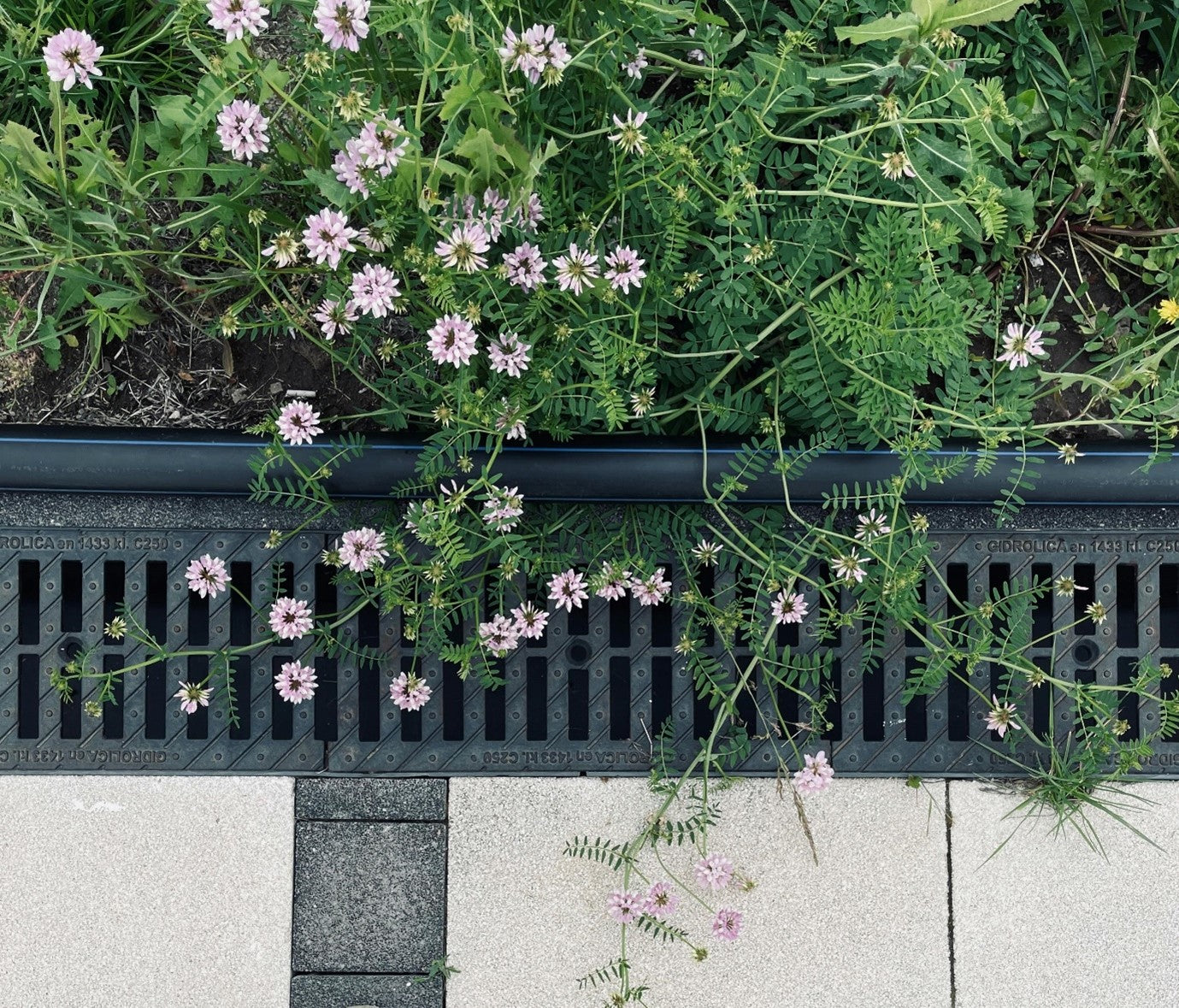Struggling with excess surface water around your home or business? Let’s explore the benefits of surface water drainage systems, including prevention of flooding, protection of property, and environmental sustainability. Discover how implementing an effective drainage solution can safeguard your property and enhance its value. Read on to find out more.
What is Surface Water Drainage?:
Surface water drainage is the process of managing rainwater and runoff from surfaces such as roofs, driveways, roads, and other impermeable areas. These systems are designed to capture, transport, and dispose of excess water to prevent flooding, erosion, and property damage. Effective surface water drainage involves a combination of engineering practices and natural solutions to handle the volume of water produced during rain events. Common surface water drainage solutions include gutters, downpipes, channel drains, soakaways, and rain gardens.
Benefits of Surface Water Drainage Systems:
Flood Prevention: Surface water drainage systems help to prevent flooding by efficiently channelling excess water away from buildings and other structures. By directing water to appropriate drainage points or retention areas, these systems reduce the risk of water pooling and causing damage.
Property Protection: Effective drainage protects your property from water damage, including structural issues, foundation erosion, and flooding. Properly managed surface water can also prevent soil erosion and landscape degradation, preserving the aesthetic and functional integrity of your property.
Environmental Sustainability: Implementing surface water drainage systems can contribute to environmental sustainability by reducing the amount of polluted runoff entering natural water bodies. Solutions like rain gardens and permeable pavements promote groundwater recharge and improve water quality by filtering contaminants.
Cost-Effective: Investing in a surface water drainage system can save you money in the long run. By preventing water damage and mitigating flood risks, you can avoid costly repairs and potential losses. Additionally, efficient water management can enhance the value of your property.
Types of Surface Water Drainage Systems:
Gutters and Downpipes: Gutters and downpipes are essential components of a building’s drainage system, channelling rainwater from the roof to the ground or a designated drainage area. Regular maintenance, such as cleaning and repairs, ensures their effectiveness.
Channel Drainage: Also known as linear drains or trench drains, these are installed along driveways, patios, and other flat surfaces to capture and convey water away from critical areas. They are ideal for managing surface runoff in high-traffic zones.
Soakaways: A soakaway is a subterranean structure that allows water to percolate into the ground, reducing surface runoff and promoting groundwater recharge. Soakaways are particularly useful in areas with poor natural drainage.
Permeable Pavements: These pavements are designed to allow water to pass through the surface, reducing runoff and promoting natural absorption. Permeable pavements are suitable for driveways, parking lots, and walkways.
Rain Gardens: Rain gardens are landscaped areas planted with native vegetation that absorb and filter runoff. They provide a visually appealing solution to water management while supporting local biodiversity.
Maintaining Your Surface Water Drainage System:

Regular Inspection: Regularly inspect your drainage systems for signs of blockage, damage, or wear. This includes checking gutters, downpipes, drainage channels, and soakaways for debris and obstructions.
Cleaning: Keep gutters, downpipes, and channel drains clear of leaves, dirt, and other debris. Regular cleaning ensures that water flows freely through the system, preventing overflow and potential damage.
Repair and Replacement: Address any damage or wear promptly. Repairing or replacing damaged components such as broken gutters or cracked drainage channels prevents further deterioration and maintains the system’s effectiveness.
Professional Maintenance: Consider hiring a professional to conduct regular maintenance and inspections. Experts can identify potential issues and perform necessary repairs, ensuring your drainage system remains in optimal condition.
How to Install a Surface Water Drainage System:
Plan Your System: Evaluate your property to determine where water tends to accumulate and the best locations for drainage components. Consider the slope, soil type, and existing landscape features.
Choose the Right Components: Select appropriate drainage components based on your property’s needs. This may include gutters, downpipes, channel drains, soakaways, and permeable pavements.
Installation Process:
-
Prepare the Site
Clear the area of debris and level the ground where components will be installed.
-
Install Gutters and Downpipes
Attach gutters to the roofline and connect downpipes to direct water away from the building.
-
Install Drainage Channels
Dig trenches and place drainage channels, ensuring they slope towards the designated drainage point.
-
Install Soakaways
Excavate a pit and fill it with gravel or a specialised soakaway crate system to promote infiltration.
-
Lay Permeable Pavements
Install permeable pavements according to manufacturer instructions, ensuring proper base and bedding layers for effective drainage.
-
Inspect and Test
After installation, inspect the system to ensure all components are securely in place and functioning correctly. Test the system by simulating rainfall and observing the water flow.
Choose Your Surface Water Drainage Solutions with Drainage Supplies Direct Today!
Drainage Supplies Direct is a leading provider of surface water drainage solutions. We offer a range of high-quality products and services to help you manage water effectively and protect your property. Contact us today on 01752 936152 or email us at sales@drainagesuppliesdirect.co.uk to learn more about our surface water drainage systems and how we can assist you in achieving optimal water management in any commercial or residential project.

